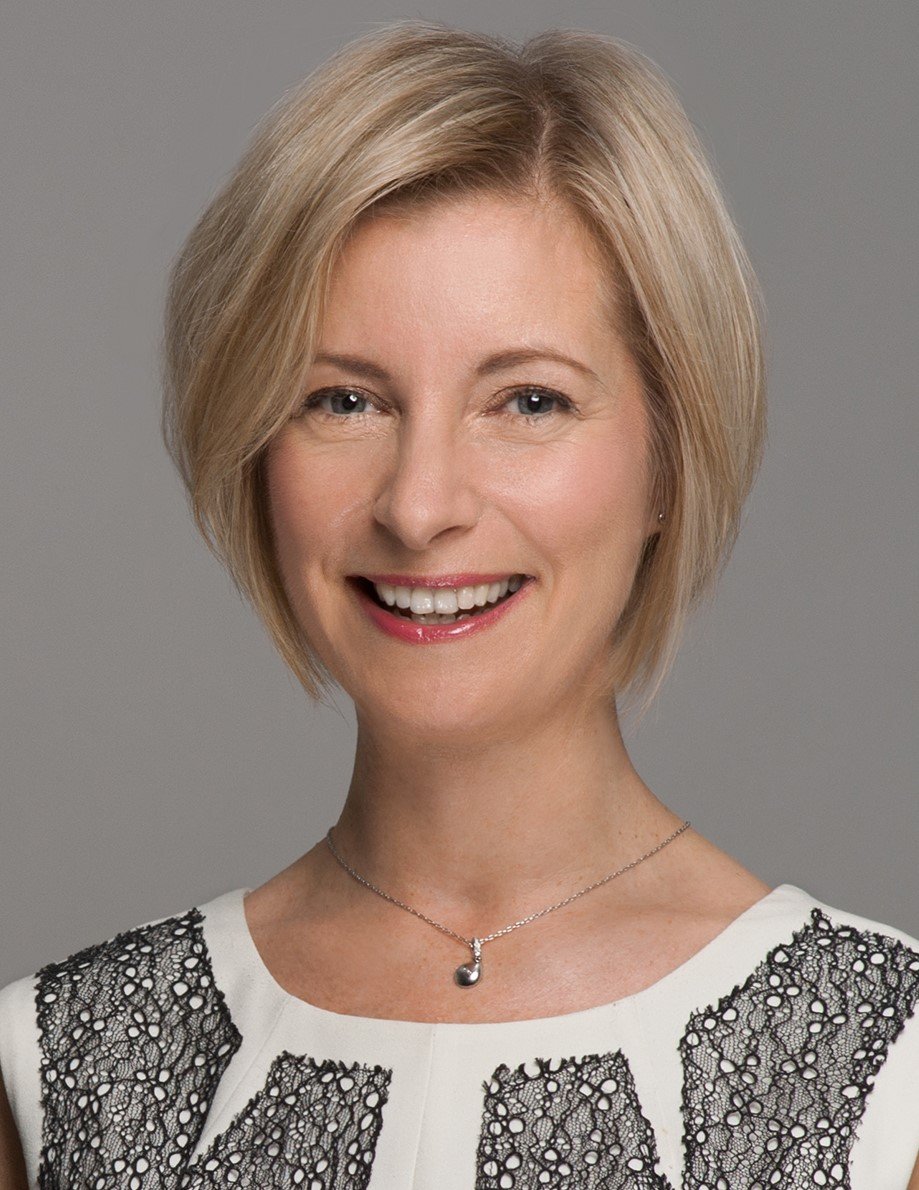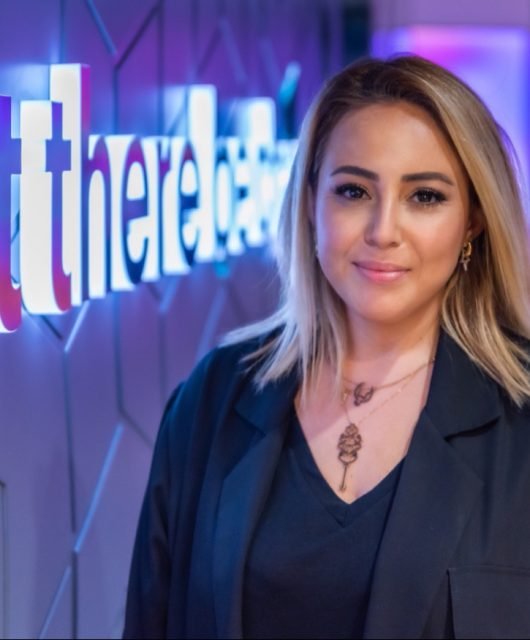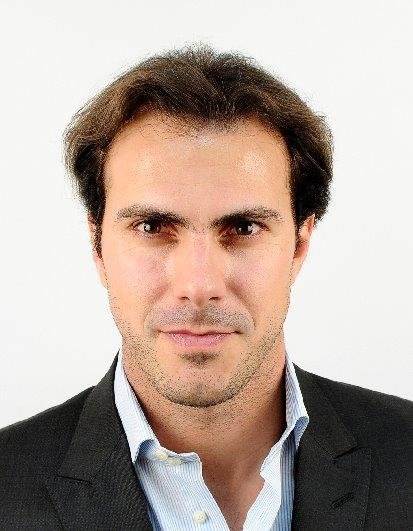Experience, A Maker Or Breaker For Brands: Q&A With MESH Experience’s Fiona Blades
The key for effective brand building is creating a positive and memorable brand experience for customers. A brand experience is the ecosystem that exists around a brand, manifested in the sensations, feelings and behavioral responses evoked by a brand.
We’ve exclusively interviewed Fiona Blades, President and Chief Experience Officer of MESH Experience, for her take on how an experience can make or break a brand.
BB: There is a general understanding that brand experience is all about appealing to human emotions to create a connection to drive customer behavior. In your opinion, what is brand experience really all about?
FB: We take the view that any brand encounter, from seeing a TV ad, to seeing a logo on a sports shirt, is a brand experience. Jeremy Bullmore once said that “People build brands like birds build nests, from scraps and straws they chance upon.” There are tiny brand experiences and immersive brand experiences. Each contributes in its own way.

However, it is those experiences that have the most positive (or negative) impact that drive customer behavior and brand perception.
BB: What makes a brand experience “connect” with customers?
FB: In analyzing our experience data collected over the last 12 years we have noticed the power of a positive experience, those that connect with people. Across categories, a positive experience has three times the impact on brand consideration versus a neutral one. In some instances, a neutral experience can negatively impact consideration – making neutral the new negative!
What makes people find certain experiences more engaging?
Firstly, the channel or medium. Experiences involving human contact, such as word of mouth or speaking to a sales assistant, are more likely to create positive experiences. Within paid media cinema has a big impact – it is on the big screen making it highly immersive.
Of course, messaging is important. Cause-related messages, seen in our UK retail banking data, have worked successfully, including Lloyds Bank advertising about mental health and TSB’s work with Pride of Britain.
Placement and time of day make a difference to how people connect. For packaged goods people react more positively to TV ads first thing in the morning because their cheery tone makes people feel happy. For service brands, like utilities or financial services, people respond more positively after 7pm. Posters in commuter spaces, such as subways, can work well at this time. Context makes a big difference to how people connect. If Content is King, Context is Queen, when it comes to creating experiences that connect with people.
BB: Can experience make or break a brand? What does an unpleasant experience cost a brand?
FB: Yes. Brands are created through the experiences people have with them. Most experiences literally add a “scrap or straw”. But every now and then, a brand experience can destroy or turbo-charge a brand.
Gerald Ratner, famously said of the jewellery and glassware that the Ratner Group sold, that “it’s total crap”. This speech to the Institute of Directors in the UK wiped off £500M of value, resulted in Gerald Ratner being fired a year later and the company changing its name to the Signet Group.
Royal Bank of Scotland (RBS) has become a toxic brand due to the scandals it faced and subsequent repercussions during the financial crisis. Quite rightly, sponsorship for RBS was moved to the NatWest brand recently, where previously negative reactions are now much more positive – same sponsorship, different brand.
Tropicana changed its packaging in 2009. Not only did customers dislike the new packaging, they couldn’t spot it in the store. Two months later sales had fallen 20% representing $30M. Emotional bonds are created through packaging and need respecting.
On the positive side Dove’s campaign for real beauty resulted in revenue increasing from $2.5 to $4Bn in 10 years, Unilever’s best-selling product company wide. However, a 3 second ad on Facebook in 2017, depicting a black woman transforming to white, threatened to destroy brand value. Dove’s latest Real Beauty initiative is founded in listening. #ShowUs, is a crowd-source driven initiative with Getty Images and GirlGaze.
Other great examples of positive brand experiences that create value come from ethical brands like Toms and Patagonia. These create value for customers, shareholders and society.
Distinctive experiences create value. Remember Apple’s white earbuds? Monzo is a fintech with a distinctive pink card which has featured recently in our UK retail banking study as having outstanding experiences. Peer observation – so seeing someone else using a product – is one of the most powerful brand experiences that we pick up.
Overall, we would urge marketers to take responsibility for all brand experiences, not just those you have control over. This is point number 1 in our Experience Driven Marketing Manifesto, created with Professor Hugh Wilson and Professor Emma Macdonald.
BB: Are brand experiences measurable? Can you mention some of the proven to be successful metrics to measure the impact of a brand experience?
FB: Brand experiences are certainly measurable! MESH has a unique way to measure people’s experiences with brands in real-time. After telling us their brand perceptions, we invite participants to report every brand encounter in a diary platform. They tell us the brand, touchpoint (e.g. TV or Conversation), how it made them feel (Positivity) and how likely it was to make them choose the brand next time (Persuasiveness). Rich detail is collected about each brand encounter, including comments and photos. At the end of the experience reporting, we capture brand perceptions again so that we can see which experiences impact on which brand metrics. We call this approach Real-time Experience Tracking (RET) and have developed a Brand Experience Growth Model using experience metrics.
Keith Weed, ex CMO Unilever, in an HBR article said that “in fact, we believe that the most important marketing metric will soon change from “share of wallet” or “share of voice” to “share of experience.”
We agree.
Share of Experience (SOE) is every brand encounter, paid, owned and earned that people have. We have correlated Share of Voice and Market Share and Share of Experience with Market Share. We have seen much stronger correlation between SOE and market share than SOV and market share. We encourage clients to create a higher SOE than their market share to grow. We work with them to cost effectively generate these.
Experience Positivity is also an important metric because a positive experience has three times the impact on consideration. We suggest that clients should insist on Engaged Reach. It isn’t enough simply to “reach” your audience, you need to ensure that this is an engaging experience.
BB: One of the crucial touch points where consumers experience a brand is the retail brand experience. How can brand marketers design the next big retail experience?
FB: Brands like Magnum are recognizing that bricks and mortar retail touch points can be amazing brand encounters, as bricks and mortar retail moves from transactional to experiential. The Magnum Pleasure Store has popped up in cities around the world wowing visitors, changing brand perception and generating word of mouth.
In designing the next big retail experience, marketers should think about how to incorporate the consumption or usage experience. Across categories, eating chocolate or using a mobile phone is invariably the most engaging experience and most likely to drive future purchase.
We would urge marketers to put retail on the brand building media plan!
BB: If you’re to rank global brands according to experience, what would be your top 3 picks?
FB:
- Amazon
- Disney
Despite concerns over privacy and ethics, Amazon has transformed the way we shop in terms of convenience and creation of frictionless experiences. WhatsApp helps us to connect with people, bridging distance, helping to forge and maintain relationships. Our Latin American clients use WhatsApp extensively. Disney would have been number one a few years ago – the epitome of a brand that understands how to create amazing experiences through multiple channels.
Also worth mentioning are the niche brands, like Matt and Nat, the vegan designers and Raspberry Pi that teaches youngsters to code. The brands that will create the most engaging experiences in the next five years, may not even be in the top 100 today!





